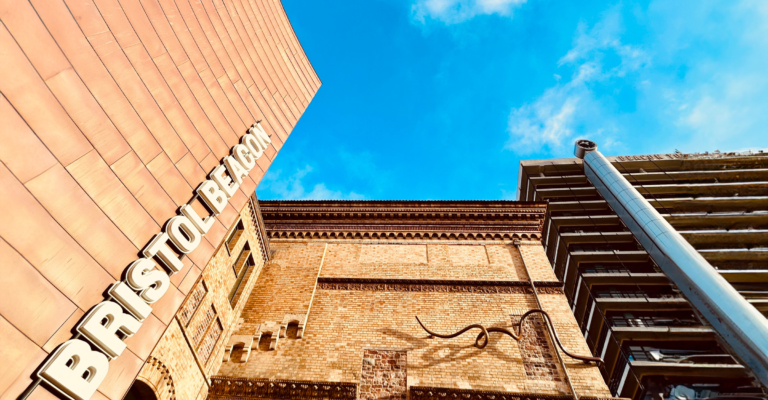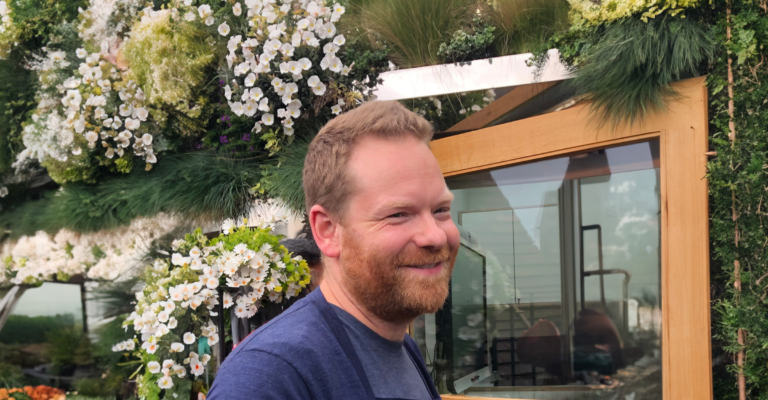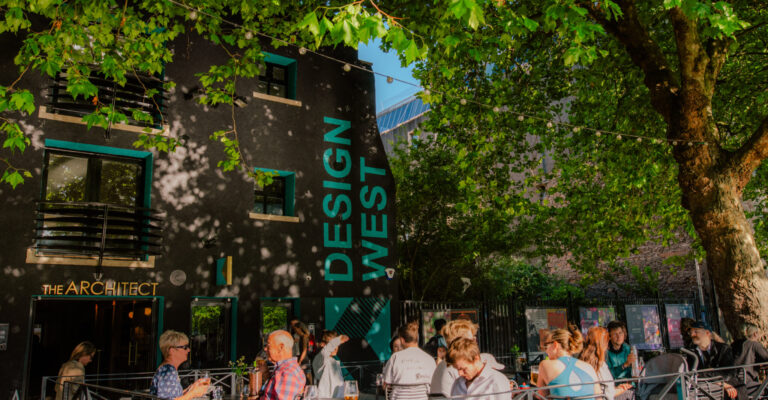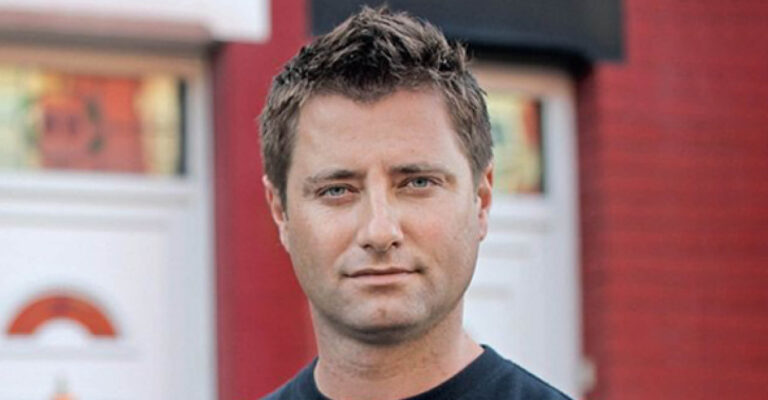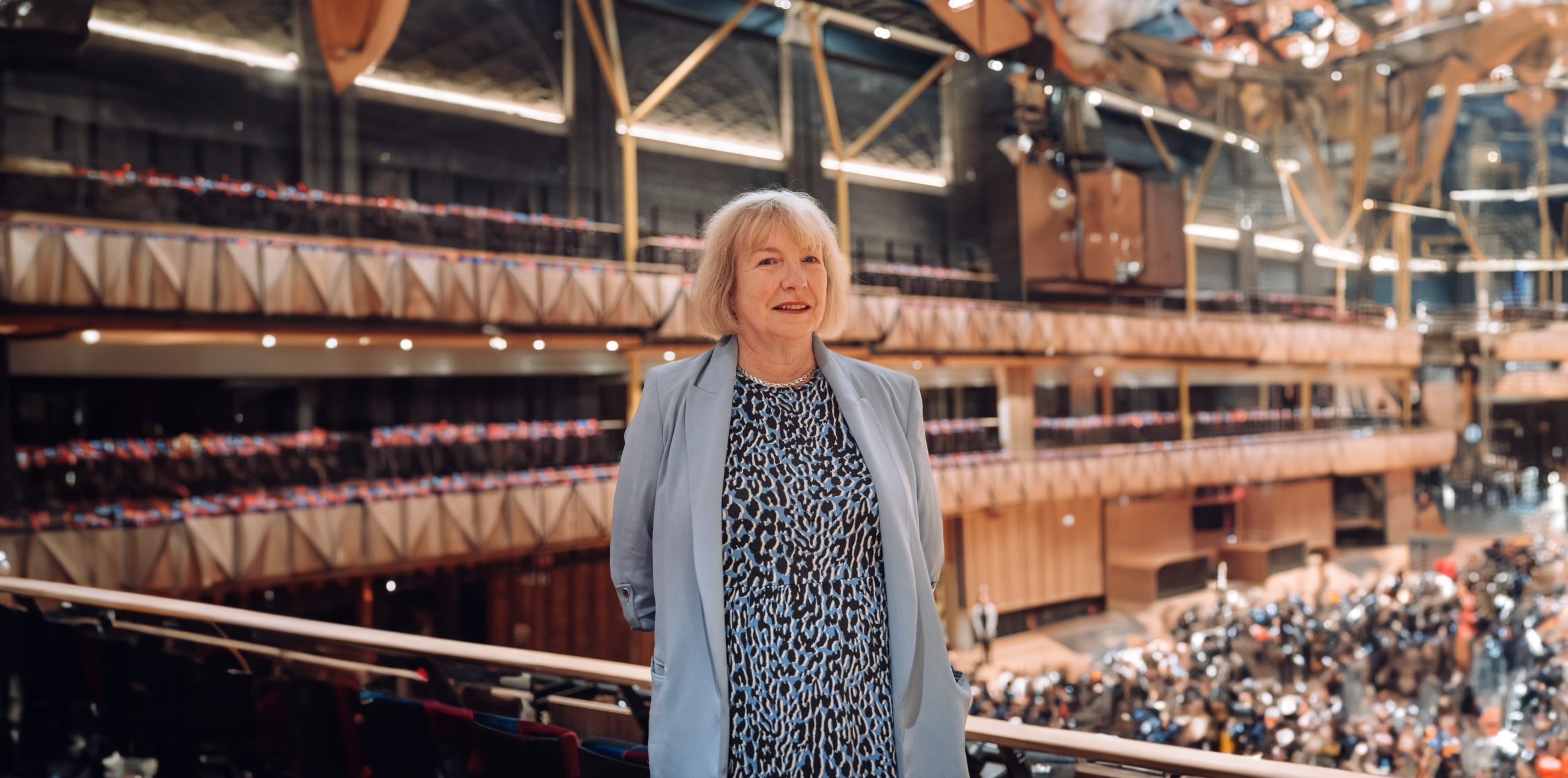
Design Thinking
Interview | Louise Mitchell: Bristol Beacon
The transformation is complete. After five years, Bristol Beacon has reopened its doors to reveal a world-class venue that enables Bristol Music Trust to present 200 more concerts each year, provide educational opportunities for 10,000 more children and young people, and champion more diversity in the music scene.
But these victories did not come without challenges. Jenny Hayes talks to Louise Mitchell, Chief Executive of Bristol Music Trust, about the highs and lows of this historic renovation, and the importance of culture as vital infrastructure in our towns and cities.
Where did the vision for the new Beacon originate?
The concept has been in place for a long time. David Bernstein, of Levitt Bernstein Architects, completed the design in the early 2000s with the intention to build the project all at once. But there wasn’t the means to do that, so it was decided to stage it over two phases. The Foyer was built initially, in 2009, and we finally managed to get phase two completed in 2023.
It took a while, but we got there, and overall the project has stayed very true to the architect’s initial drawings. The only element that wasn’t in the original design was the renovation of the cellars, where we now have our education and studio spaces. That idea came from a visit we did to the Roundhouse in Camden, where they have a similar set-up.
How was the process of stripping back the layers of the building, revealing its past while rebuilding it for the future?
To be honest, it was frightening. We knew the building was in a very bad state, and we knew it hadn’t been maintained to any reasonable standard for a long time. But it was significantly more fragile when we’d thought. I don’t think anyone has ever seen the scale of scaffolding as we needed in the main auditorium. The structure was called a birdcage, and it contained the biggest concentration of scaffolding anywhere in Europe at the time.
The process felt very daunting because we never knew what we were going to find. On one hand, it’s very interesting uncovering the past life of the building, but on the other, everything we found meant that the renovation was going to be more expensive and more time consuming. From my point of view, I knew I had a business I couldn’t run. We’d budgeted for two years of work and ended up facing five years, with a pandemic in the middle.
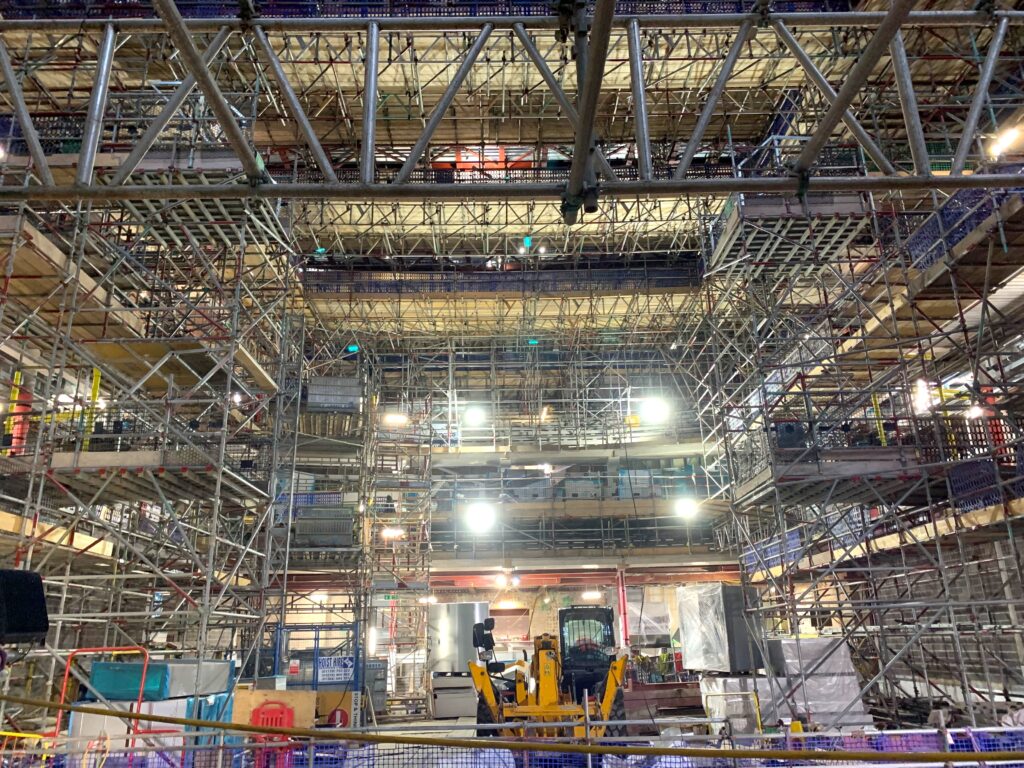
The renovation certainly uncovered more than anyone expected. Were there any stories or elements of the building's past that you went on to incorporate in the final building?
We found a lot of things that we didn’t know were there. One was discovering old signs etched on the pillars in the entrance lobby saying ‘crush room’. We found a Victorian range that was full of asbestos. We found hollow pillars supporting roofs, and three Elizabethan wells, one of which was exactly where the load bearing for the stage should have been, which was slightly terrifying.
To be honest, as more of the building was revealed I was incredibly grateful we’d managed to get to 2018 without major disaster. We did have one instance where a baby seagull got into the roof and dislodged some asbestos, so we had to close for three weeks, but we were lucky that something vital didn’t fail.
Have you recovered from all the 'surprises' the building had in store?
Yes, just about. We’re now back in a more comfortable rhythm and enjoying the opportunities the new building has opened up for Bristol Music Trust. It’s allowed us to expand, and given us a building that’s fit for purpose, that enables us to do everything we need, and that’s made us a more confident organisation. The glory of the Beacon now is that all the levels make sense and the building works as one, which enables us to do everything we need to sustain our business.
I feel it’s given us a wonderful toybox, really, of potential. We have education spaces that we can invite young people into, all of which are acoustically isolated so they can make as much noise as they want. We also have a concert hall that can rival anywhere in Europe with amazing, clear acoustics. That’s a real asset within the musical world.
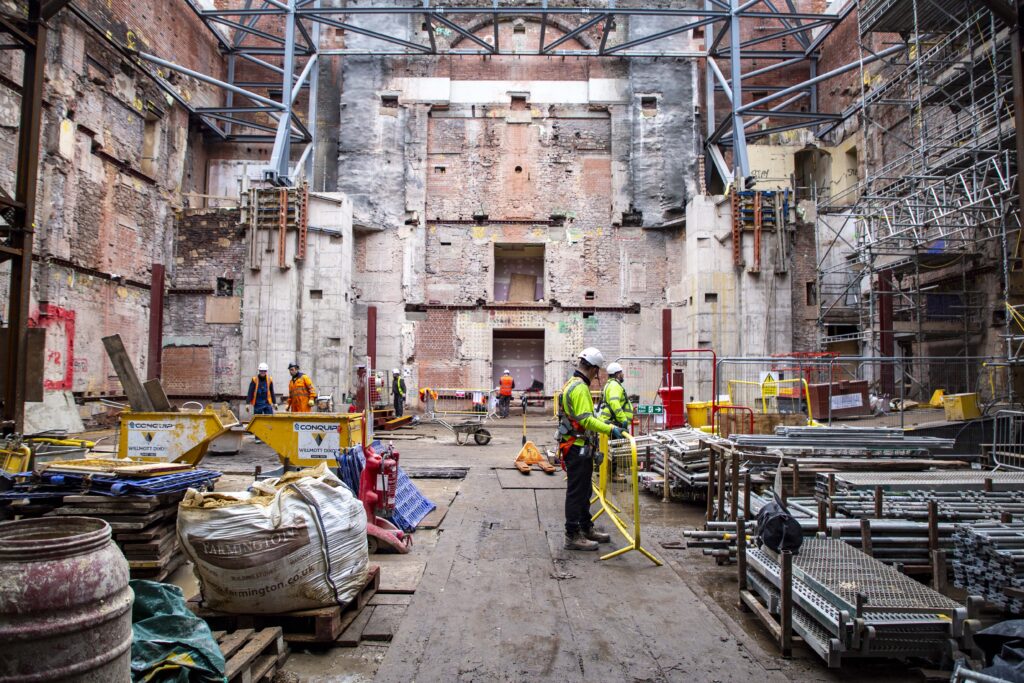
There's also been a focus on bringing art and design into the new building, to sit alongside the music...
Very much so. There are five public art projects involved in the build, and each of them makes it a more interesting, more vibrant place for people coming in. It may not seem like it, with all that happened, but we wanted to keep the cost of the project as reasonable as possible, so looked for ways to integrate the public art within elements we needed anyway. That’s why, instead of statues, the public art is the drapes, the seat covers, things like that. It really is woven into the fabric of the building.
There are a few more interpretive pieces. One that I love is the Heritage Wall, which is an interactive, interpretive artwork of the history of the whole site. It’s a wonderful piece that illustrates with the social, musical, environmental and architectural history of the building. We’re currently working on how we can put all the information contained in the Wall onto our website so that it’s accessible to everyone.
The renovation has given us a wonderful toy box, really. We have education spaces that we can invite young people into, and we have a concert hall that can rival anywhere in Europe with amazing, clear acoustics.
Louise Mitchell
How do you feel design impacts our experience of music, art, and life?
Design makes a big difference. It was very important to Bristol Music Trust to achieve inclusivity in the Beacon, so that everyone could come in and feel comfortable. I always describe it – not very well – as being proper, but not posh. The building needs to have status but not feel fancy or exclusive. We want it to be welcoming.
Accessibility was incredibly important as well. We’re the home venue for the Paraorchestra, but prior to the renovation we couldn’t actually get their wheelchairs on stage except by building a ramp through the auditorium. Now, every space that we’ve got, and every part of the auditorium – backstage and front of house – is accessible for everyone.
Architecture, and design, have clearly been great enablers on this project. How do you feel they fit within the wider cultural landscape of our cities?
We thought a lot about this, post-pandemic, as part of the inner-city regeneration plan, and I think the role of buildings like Bristol Beacon is to act as palaces of culture that draw people in. They are spaces where people can experience different things, and that’s very important.
We’ve got a very coherent cultural quarter here in Central Bristol, with M Shed, Arnolfini, Design West, the Hippodrome, O2 Academy, St George’s and Bristol Beacon all within a five-minute walk of one another. I’d like to see more events happen across multiple venues, which take people from one to the other and into spaces they perhaps aren’t used to going to.
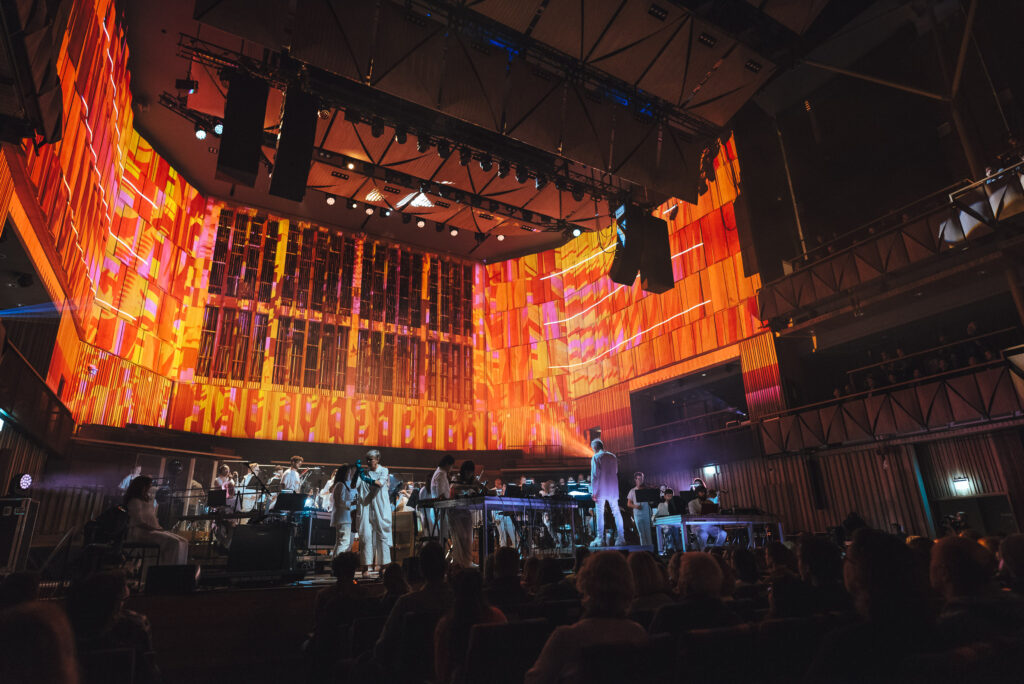
This July, after 12 years, you are stepping down from the Chief Executive role at Bristol Music Trust. How has culture in the city developed during that time, and what would you like to see in the future?
I’d definitely like to see more collaboration. During the pandemic, we had an arts leaders’ Zoom call every week and we got to know each other pretty well. We still have a bond from that time, and we help each other out. That’s something you do in the arts, you help each other out – you exchange information and resources when you need to.
We’re going to have to work together because there are serious funding challenges. I’ve been around long enough to see there’s always a wave that we’re riding, but this is different, and I’m very concerned that organisations will start to go under. We won’t because we’re incredibly lucky – we’ve got a fantastic city centre location, we’ve got this fabulous building which allows us to earn our own money, and we’ve got a brilliant team of people working here who will make things happen. We’ve got a lot of advantages but I’m very aware that lots of organisations, which are just as creative as we are, don’t have the same options.
Moving forward, more collaboration and more surprising partnerships, would be good. I’d like us to be really proud of what we’ve got here in Bristol and the opportunities we create for audiences, for education, and to see us making the best of that collectively.
You Might Also Like

